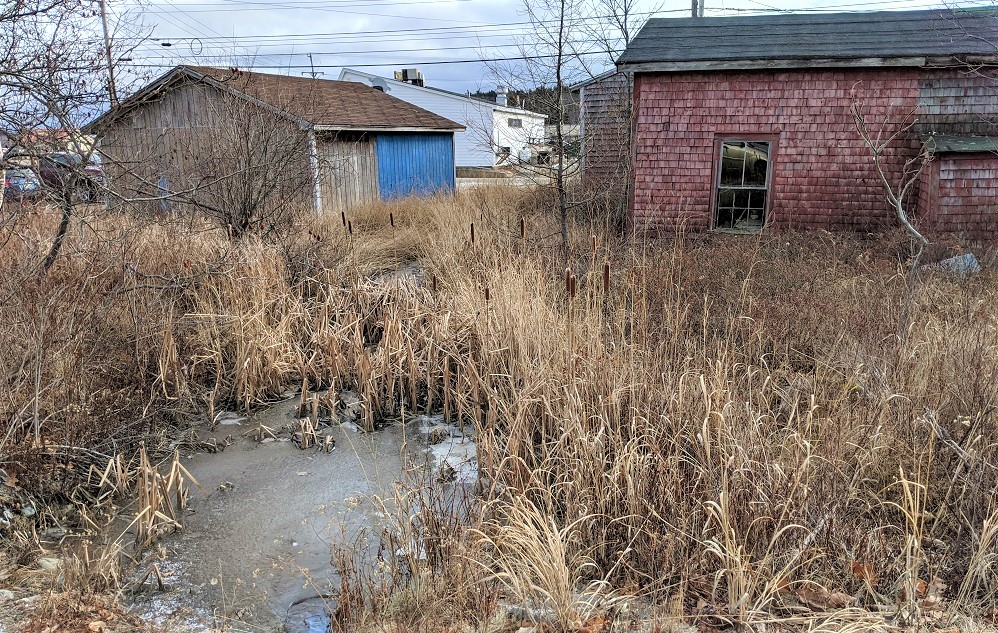Environmental Site Assessments

Whether purchasing a property or refinancing an existing property, knowing the environmental conditions that exist at or adjoining a property is important in understanding the potential environmental liabilities, you as a buyer or owner may be responsible for. Under the Comprehensive Environmental Response Compensation and Liability Act of 1980 (CERCLA), as amended by the1986 Superfund Amendments, an owner or an operator of a contaminated property is liable for the cost of the cleanup of contamination, even if someone else caused the pollution, regardless of how much more severe the problem has become in the ensuing time period. Owner liability can even include migration of contamination from adjoining properties. Knowing the existing environmental conditions present at a property before you acquire it, will provide you with protection from liability and the need for costly clean-ups.
PHASE I ESA
A Phase I Environmental Site Assessment (ESA) is intended to permit a user to qualify for the innocent landowner, contiguous property owner, or bona fide prospective purchaser limitations on CERCLA’s
“landowner liability protections,” or “LLPs.” This practice consists of the performance of an “All Appropriate Inquiry” (AAI) review by an Environmental Professional (EP) of the previous ownership and uses of the property consistent with good commercial or customary practice. A Phase I ESA is intended primarily as an approach to conducting an inquiry designed to identify Recognized Environmental Conditions (RECs) in connection with the property. Phase I ESAs (conducted in accordance with the American Society
for Testing and Materials – ASTM E 1527-13 Standard) consist of a historical record review and information gathering process, a site visit, and preparation of a written report.
Typical investigative activities include, but are not limited to:
- Interviews with individuals knowledgeable of a site
- Site reconnaissance
- Photographic documentation of site and adjoining property conditions
- Review of property transaction records and other historical property use sources
- Government records database search
- Review of State and Federal environmental records
- Review of municipal records
- Interviews with municipal employees (e.g., tax assessors, code enforcement officer)
- Review of Sanborn Fire Insurance rate maps, geological and hydrogeological maps, wetlands maps, and flood insurance rate maps
The goal is to understand the past, and current site history (and that of the adjoining properties), to The goal is to understand the past, and current site history (and that of the adjoining properties), to determine if RECs are, or are potentially present at the site. Typical turnaround time for the completion of a Phase I ESA, from Notice to Proceed to submission of the final report, is two to four weeks depending on the complexity of the site and available access
Phase II ESA
Through the Phase I ESA process the identification of RECs is based on the determination of “the presence or likely presence of hazardous substances or petroleum products in, on, or at a property: (1) due to any release to the environment; (2) under conditions indicative of a release to the environment; or (3) under conditions that pose a material threat of a future release to the environment”, as determined by our EPs. At the completion of the Phase I ESA, it may be recommended that a Phase II ESA be completed to confirm, delineate and quantify the presence and extent of an environmental condition. A typical Phase II ESA begins with the development of a site-specific work plan or a Site-Specific Quality Assurance Project Plan (SSQAPP) which will provide the basis of the Phase II ESA investigation.
The completion of a Phase II ESA may include:
- Public and private underground utility location
- Advancement of soil borings
- Monitoring well installation and groundwater sampling
- Excavation of test pits
- Ground Penetrating Radar (GPR) surveys
- Borehole geophysical surveys
- Soil screening/sampling
- Pore water sampling
- Soil vapor sampling
- Asbestos-Containing Materials (ACM) inspections
- PCB building material assessments
- LBP determinations/ inspections
Various investigation techniques may be required to characterize the site and the nature and extent of the identified RECs and other potential environmental conditions at a site. Upon completion of investigative activities associated with the Phase II ESA, and receipt of laboratory analytical results, a summary report will be prepared including recommendations to address the findings of the investigation. the time associated with a standard Phase II is typically eight to ten weeks depending on the size of the study area and complexity of the investigation. Following the completion of the Phase I and Phase II ESAs, we may recommend that an Owner enroll in a State Voluntary Compliance Program, which assists clients in managing the identified RECs at the site and in obtaining liability protections. Out knowledge, and experience with this process, allows us to assist our clients in enrolling in these programs and realizing the benefits of participation.
We, at Haley Ward, are committed to protecting human and environmental health, protecting our clients from potential liabilities, and assisting in understanding and complying with the ever-evolving environmental rules and regulations, and meeting the goals and objectives of our clients.

